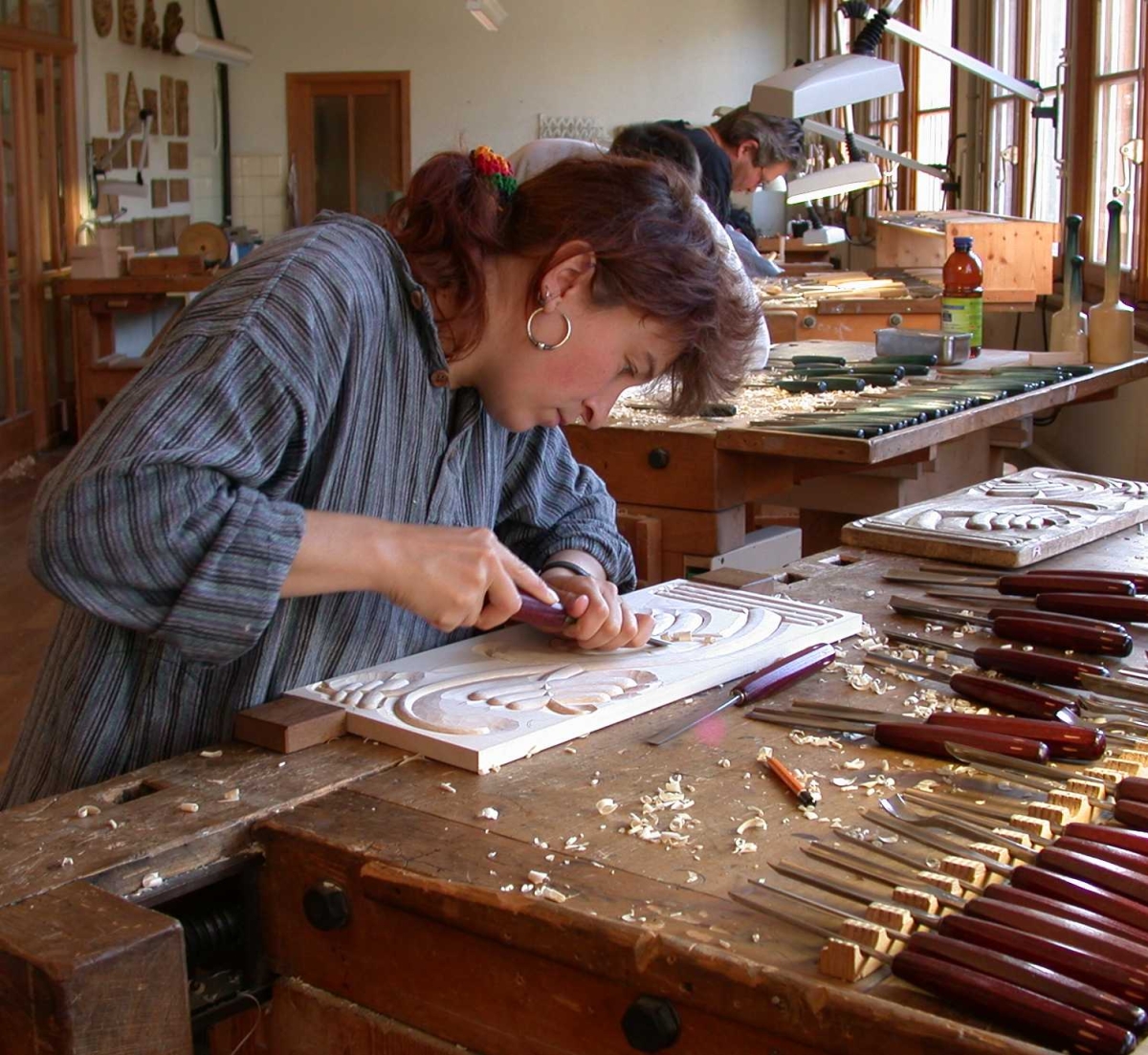 © erz.be.ch
© erz.be.ch
The canton of Bern presents a wide variety of living traditions
Newsletter Culture Office 2/2017
Wood chisels, shuttles, lathe tools, tie hooks… The tools pass from hand to hand: from master to apprentice, from mother to son, from grandfather to granddaughter. These tools, in the same way as the paintbrush or the camera, participate in the encouragement of cultural activities. Indeed, woodcarving, weaving, turning and cooperage belong to the intangible heritage of the canton of Bern. In recent months, the Office of Culture has worked to bring together, list, describe and exhibit these living traditions. About sixty traditions that have not yet been inventoried have been submitted to us and some are even of interest to the Federal Office of Culture. I am particularly pleased to see that many people practicing these traditions took part in the cultural dialogue sessions that we organized in February and March in all regions of the canton. They, too, were keen to shape the future of the promotion of cultural activities.
Living traditions give the communities that practice them a sense of belonging and continuity. First of all, they evoke musical events and popular events. But as the list of traditions of the canton illustrates, craftsmanship is not left out, especially in the Bernese Oberland where craftsmanship, art and design mingle harmoniously. But traditions only live if they are well anchored in the present and perpetuated. So why not talk about the creative economy?
However, the role of crafts is not limited to encouraging cultural activities. It is equally essential in the protection of cultural heritage because the conservation of historical monuments goes beyond material heritage. In my view, it implies the preservation of a traditional craft culture, therefore of an intangible heritage. On this subject, I would like to congratulate the 38 craftsmen and craftswomen specialized in the work of conservation of the built cultural heritage who have just won their federal diploma after a two-year training. They will be able to transmit their know-how and their knowledge to their colleagues and to the apprentices of the company in which they work. This century-old craftsmanship will thus continue to exist.
Crafts are the foundations of cultural creation and link the promotion of cultural activities and the protection of cultural heritage.
Hans Ulrich Glarner, Head of the Culture Officehttps://www.erz.be.ch/erz/fr/index/direktion/organisation/amt_fuer_kultur/archive/ausgabe-2-2017.html
Published:
01 February 2017
Share